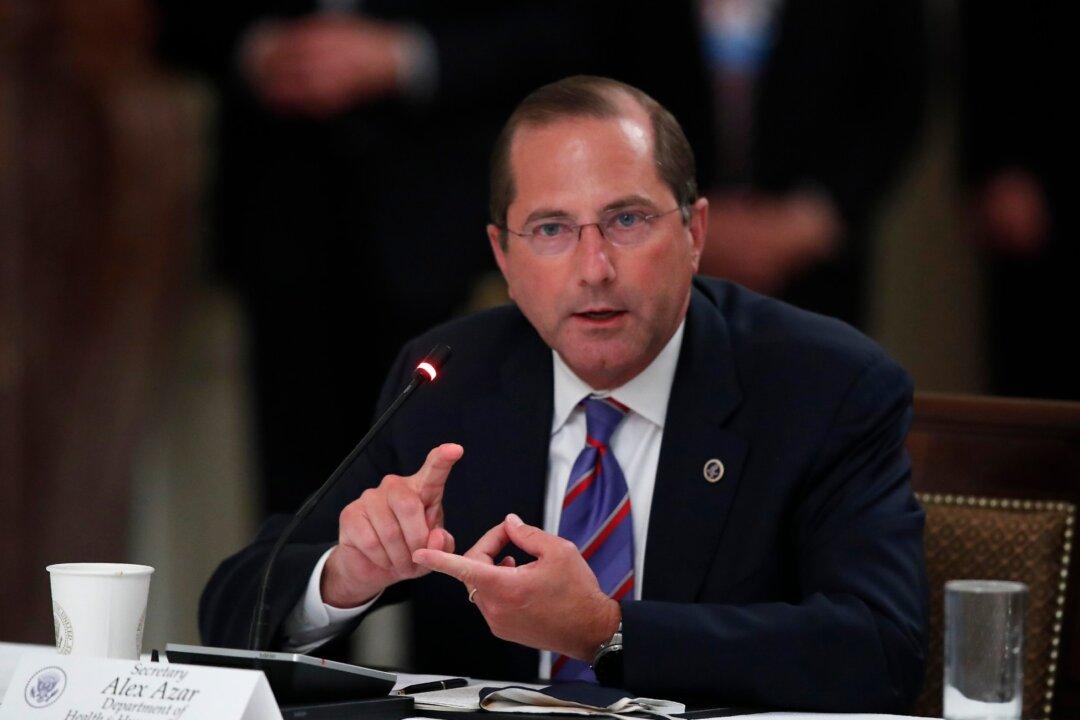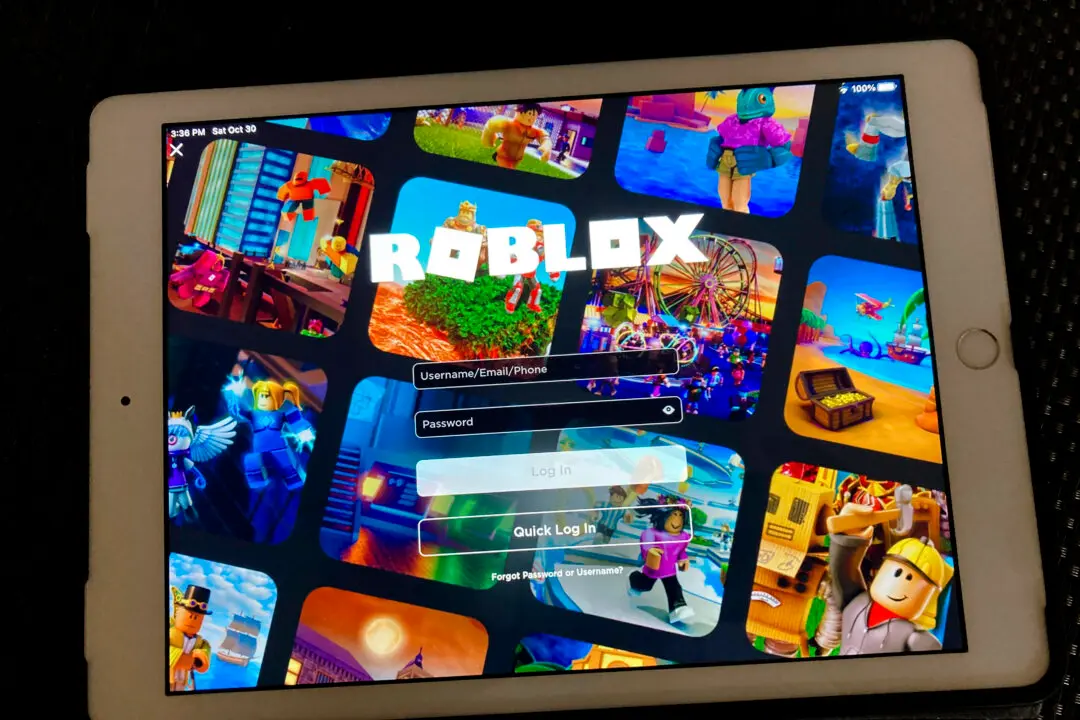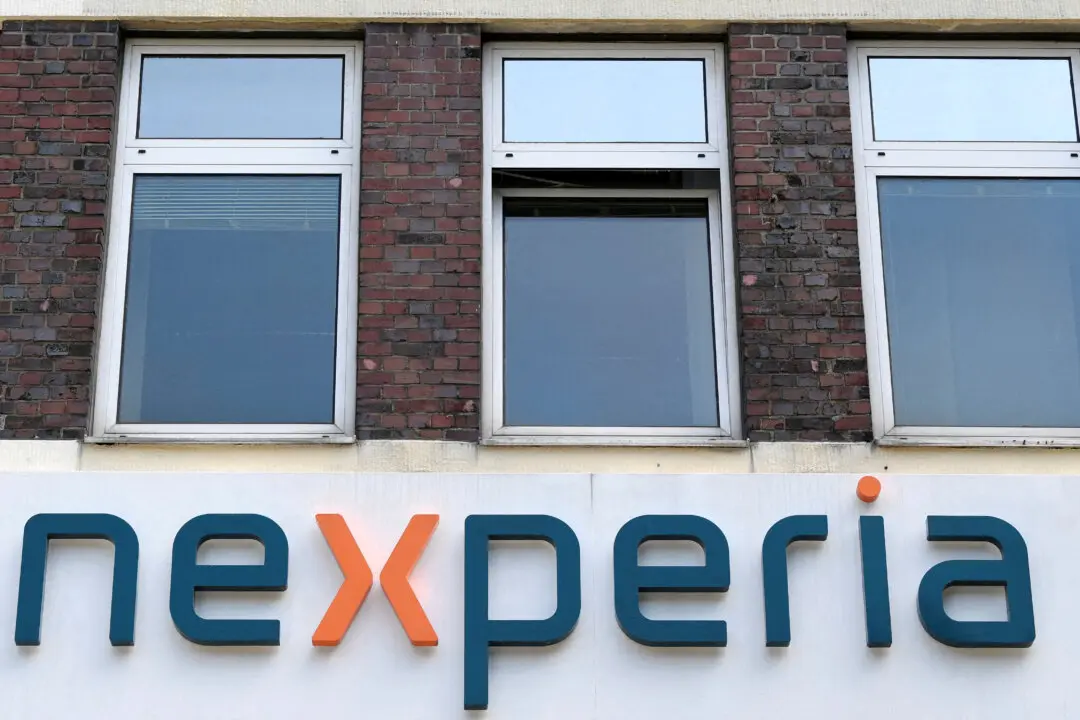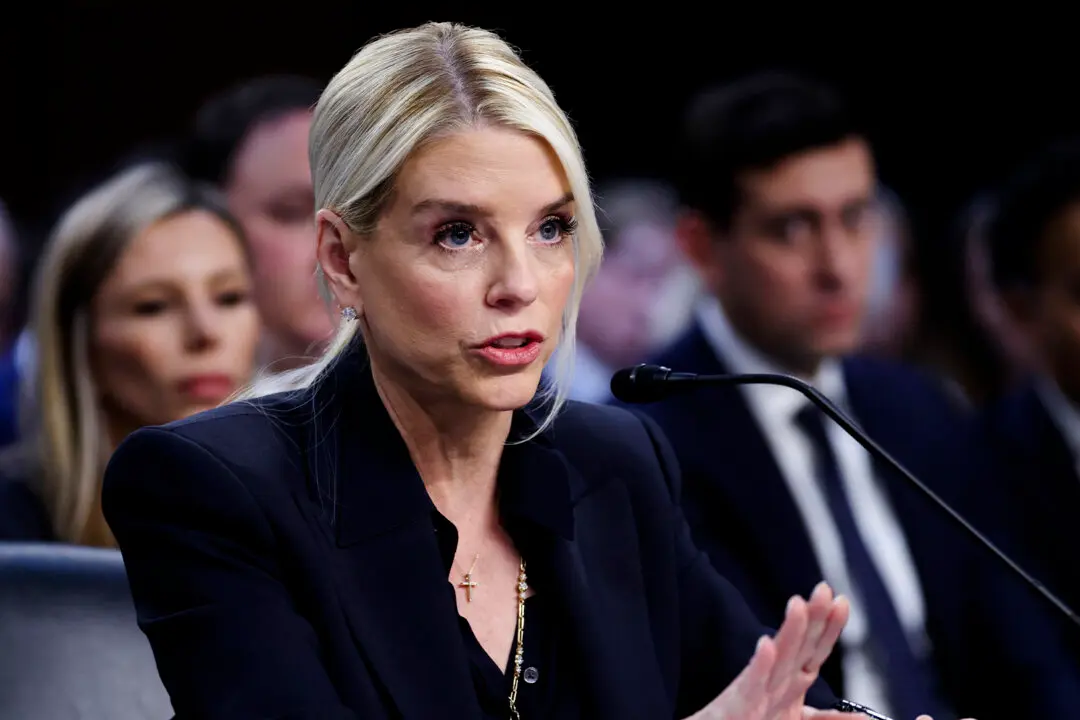Top health officials told reporters at a Tuesday briefing on the Trump administration’s Operation Warp Speed initiative that a COVID-19 vaccine will be distributed to all of the nation’s 64 public health jurisdictions within 24 hours of approval by the Food and Drug Administration (FDA).
Health and Human Services Secretary Alex Azar said at the briefing that officials expect to be able to begin vaccinating nursing home residents, one of the top priority groups for receiving the vaccine, within two days of FDA approval.





